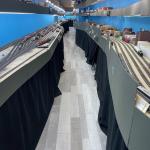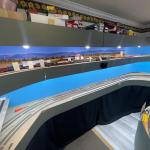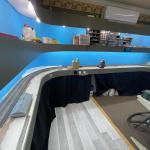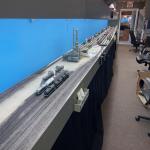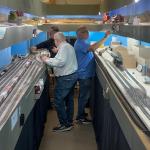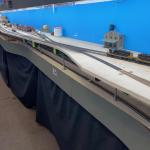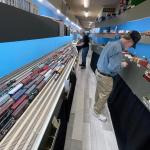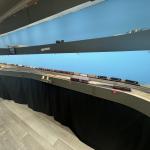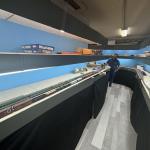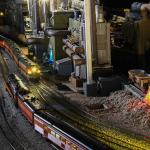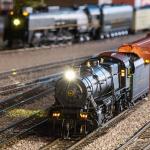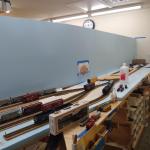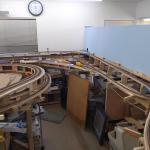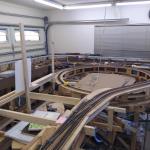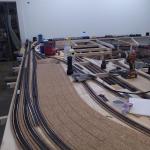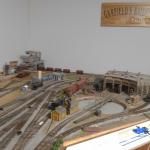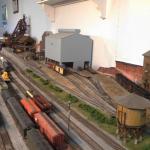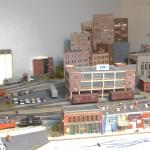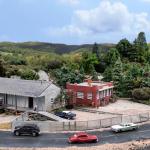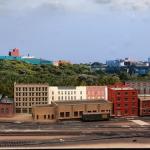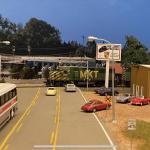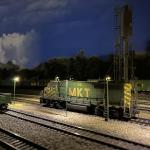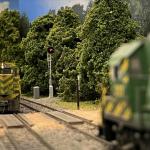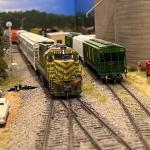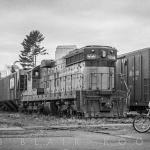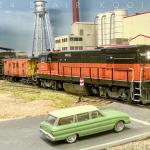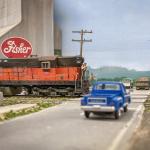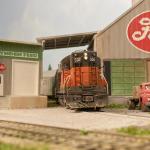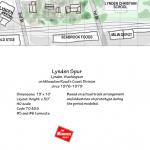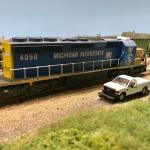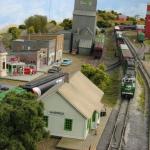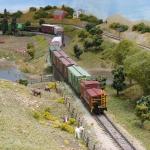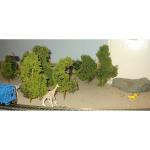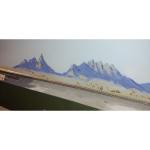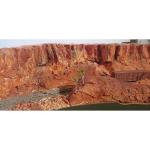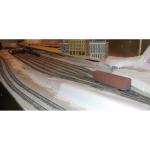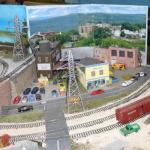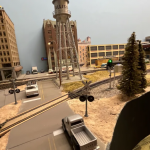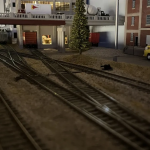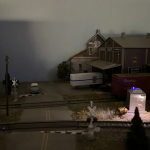Potomac Valley lines is based on the prototype of the railroads along the banks of the Potomac River in the Eastern Panhandle of West Virginia. Railroads represented are the Baltimore and Ohio, the Western Maryland and the Pennsylvania RR. The railroad is set in the 1959 steam to diesel transition era prior to the Chessie system merger. The Eastern end of the Railroad is the Staging yard in Brunswick, Maryland. Trains bound for Baltimore, MD or Washington, D.C. end up here. The Western end of the railroad is the staging yard in Cumberland, Md. where B&O trains can be headed for Pittsburg, PA or any points west. There is a large yard at CUMBO, WV where many cars are interchanged between the B&O and PRR. There is also an interchange at Cherry Run, W.Va. with the WMRR. The branch line to the famous old resort town of Berkeley Springs, WV is modeled and has industry switching, the sand mine for Pa. Glass & Sand is also modeled. The PRR interchanges with CUMBO yard and switches most industries in Martinsburg, WV.
Towns modeled:
B&O RR: Brunswick, MD (East Staging), Martinsburg, WV, CUMBO, WV, Greenspring, WV, Hancock, MD, Berkeley Springs, WV, Paw Paw, WV, Cherry Run, WV, Cumberland, MD (West Staging)
WMRR: Cherry Run, WV, Big Pool, MD, Williamsport, MD
PRR: (Hagerstown, MD (staging), CUMBO yard, Martinsburg, WV
Specs: Benchwork: L-beam, Style: Folded dogbone, Roadbed: ½" plywood with cork, Track: Peco code 100 track, 26"r min, Turnouts: Peco Medium min. ,Grade: 2.25 max. Height: 45" to 53", Mainline run: 152'
Layout Status: Main line is finished, Branch line and sand plant at Berkeley Springs are finished, interchange to WMRR is finished but WMRR industries are under construction. CUMBO yard is finished. PRR interchange is finished and industries on the PRR is under construction and about ½ done. No ballast has been applied, only a few structures are in place and no scenery has been done. Turnout control for staging ladders is electric and automatic, but all other turnout are still manual.




